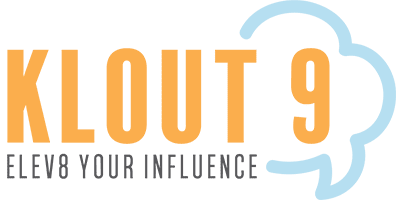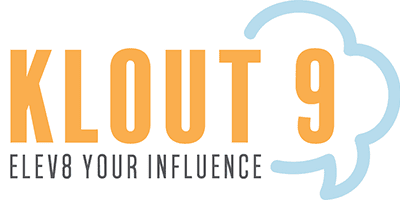Search Engine Optimization, or SEO, is the process of growing both the quality and quantity of website traffic by increasing it’s visibility on search engines. SEO, when done properly, provides extremely high ROI’s and gets you in front of the right consumers at the right time. Contrary to the ads that show up on the google paid platform, Search Engine Optimization is the tool used for the organic ad placements – the ones you don’t pay for once clicked on!
Whether you are a local advertising agency looking to provide audits to clients or you manage your own SEO efforts and want to know where you stand an SEO Audit is an excellent place to start. A bit of data research and the right tools, and you will know what needs to be fixed, expanded on, and what takes priority.
As with any other marketing strategy, you must know where you stand in order to effectively measure progress. An extensive SEO Audit is necessary before diving into rankings, conversions and sales. We have segmented all of the elements of SEO into three categories (for simplicity).
Include the elements of these three categories into your SEO audit and you will be on track for progress in no time.
User Experience/Site Performance
Although these two elements are evaluated differently, we have grouped these two elements together because they go hand in hand. The first element is User Experience which can be done by an eyeball evaluation of the website being audited.
Things to look for include: is the website mobile responsive? Does it have a clear call to actions above the fold? Is there a strong one liner that says who they are, what they do, and why? Is there an HTML sitemap in the footer of the website, Is there copy on the home page? Are there both internal and external links present throughout the website? Do all pages have content? Is there a phone number, address, and contact form easily accessible? Etc. Consider all the elements of a website that contribute to overall user experience.
For more details on user experience and SEO, check out our post “Fact or Myth? Good User Experience is Not an SEO Requirement”
The second element, Site Performance, will be data you can easily find within your Google Analytics account. How is your page load speed on mobile and desktop and in different browsers, what are your bounce rates, visitor caching info, server response times, etc. These elements all factor into your SEO efforts and directly impact overall user experience so be sure to take a look during your audit.
Technical SEO
The second element is called the technical side of SEO and includes everything behind the scenes. SEO is broken down into on page and off page elements. On page elements include everything done on site – content creation, etc. We will address that in the next category. Off page SEO includes but is not limited to:
-Title Tags
-Meta Descriptions
-Robots.txt
-Google Analytics Set up and Linked
-Conversion Tracking
-Google Search Console
-Site Maps
-Favicons
-H1 Tags
-SSL Certificate
For the full checklist, download our SEO Audit Checklist. There are some neat tools that can help you easily access and consolidate information like this such as the Screaming Frog SEO Spider Tool.
Content Strategy
Simply put, if there is no content, there is nothing there to rank. If you do not have a lot of existing website traffic, your sole focus after the technical side of SEO is completed is to create lots of quality content. If you have existing website traffic you need to optimize your existing content based off of data and continue to produce more in order to gain traction.
When creating your content strategy, keep the end user in mind. The ultimate goal is to build an audience and feed them information they find valuable. If your content is solely keyword driven, you will not gain the audience or build the relationships needed to engage with your brand. Ultimately user engagement is the quickest way to increase rankings and spread your brand across all platforms, not just Google. Content can be in the form of videos, social media presence, website content, blogs, and more. When doing your SEO audit, check out what types of content is accessible, what is being indexed, what is the existing presence on other platforms, page word counts compared to competitors, and more.
SEO has many parts but overall it is not too complex. If doing your own SEO Audit seems overwhelming, Klout 9 would be happy to do a free evaluation for you. Contact us for your Free SEO Audit today.

